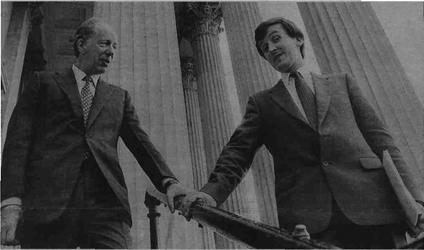Dramatic Moves are afoot at the National Gallery. In exclusive interviews with its director and chairmant, Andrew Graham-Dixon and Géraldine Norman chart the change in its fortunes
The earliest official record of the National Gallery is to be found in a rather quaint Treasury Minute, dated 23 March 1824. "His Majesty's Government, having deemed it to be highly expedient that an opportunity which presented itself of purchasing the choice collection of pictures belonging to the late Mr Angerstein should not be lost ... entered into a negotiation with the executors and representatives of that gentleman, and concluded an agreement for the purchase of the whole collection ... for the sum of £57,000." They got a bargain.
Angerstein's pictures, which included such masterpieces as Sebastiano del Piombo's Raising of Lazarus and Raphael's Pope Julius II, formed the nucleus of what would become one of the world's finest collections of Western art. Originally, there were to be two "respectable persons to at-tend ... during the time of public view, to prevent persons touching or injuring the pictures" (salary £2/2s a week), an Assistant Keeper (£150 a year) and a Keeper of the Gallery (£200 a year) — "To have the charge of the Collection and to attend particularly to the preservation of the pictures ... and to be present occasionally in the gallery..."
The National's current "keeper" (the title is now director), Neil MacGregor, has the slightly harassed air of a man who knows that he has rather more to do than turn up every now and then. Jacob Rothschild, Chairman of the Board of Trustees, points out that "there are currently around 300 people working in this building, with around 10 at the top. Now what have those 10 got to do? Supervise new building works, conservation, science, security, publications, fundraising,...


